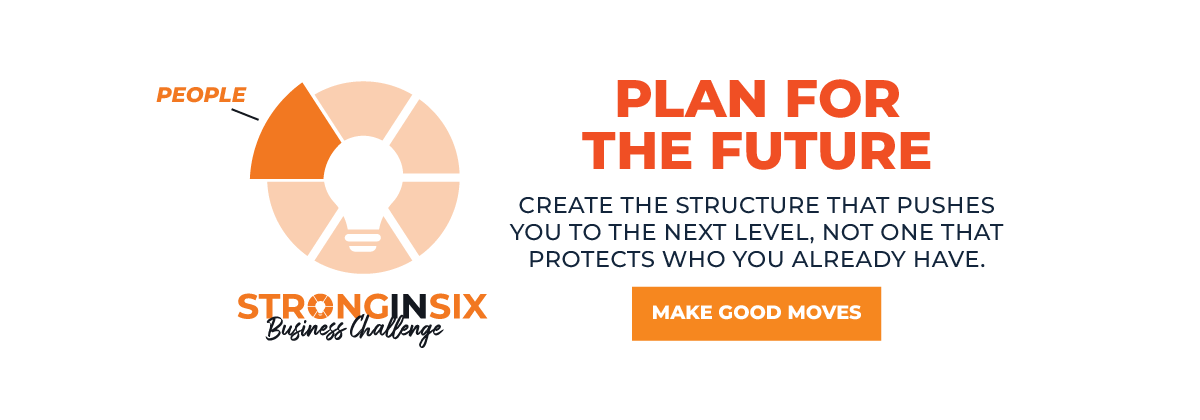
Within the Accountability Chart™, each person in an organization owns a seat. To remain in the seat, they must Get It, Want It, and Have the Capacity (GWC™) to do it. They must have the physical, emotional, and intellectual drive and the time to fulfill the responsibility of the job. Let’s focus on the time aspect: Capacity.
Gino Wickman gifted me the perfect metaphor: the capacity ball. If you feel overwhelmed trying to complete daily tasks, take the time to reflect on how full your capacity ball?
Capacity Ball: A More Proactive Approach
Let’s look at our time as a ball. As we fill our time up with duties and activities, we use up our capacity. Everyone’s capacity ball is unique to the amount of time during the week in which they do their best work. Some operate best at 50 hours a week, some at 35 or 70 hours a week. Whatever your number, you know and can feel when your capacity ball is filling, full, or overflowing.
When managing your capacity, for example, you could spend 70% of your time faithfully executing your five roles on the Accountability Chart. You could then allot 20% of your time executing your Rocks each week. And then you could consider the remaining 10% as margin or “buffer” for stuff that comes up. If you expand beyond your 100% capacity, some things will slip. Rocks might not get done. Or your inability to be accountable to your roles shows up in your Scorecard number.
If more work still needs to get done beyond your 100%, you must do something to create more capacity. One simple method to get ahead of a full-capacity ball: Hire before full hits. Instead of creating more capacity in the form of added talent, many individuals redline their own capacity. Once this occurs, it’s too late and we fall into reactive mode, efficiency drops, stress increases, and quality wanes. Exercise a more scalable approach and get ahead of it, handling volume more seamlessly.
You Own Your Capacity
Often I’ll have a leader or two confess they’re too busy, don’t have enough time in the day, or feel overloaded and overwhelmed. While these might be true statements, they ultimately point to the root of a larger issue. These leaders do not properly manage their own time capacity. And quite frankly, they need to start owning that decision.
Sometimes I’ll see my clients take on the work of other team members, attempting to be the savior. In actuality, it further decreases the capacity of the team and organization. We need to teach our people to effectively handle capacity issues.
Each of us can only give 100%. If you consistently give more, the overall quality of your work decreases and you put yourself at risk of burnout. One of the most effective EOS® Tools to address capacity issues is Delegate and Elevate™. It’s so simple and yet so effective at opening our eyes to how we use our time. By offloading tasks you neither like nor are good at doing, you relieve the fullness of your capacity ball. And by doing so, you avoid the dangers of burnout.
Let’s Own Capacity
Put the capacity ball on your Issues List today. Own your capacity before it owns you.





